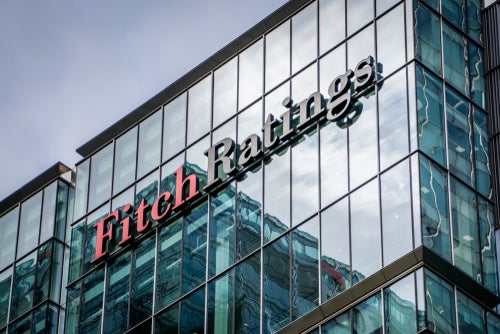
In Indonesia, prolonged movement restrictions prompted by the spread of more infectious Covid-19 variants threaten to hold back the recovery prospects of its finance and leasing industry, according to Fitch Ratings.
Strict mobility curbs introduced since early July have been extended to August amid a jump in infection rates and slow vaccination progress. Only 8.6 per cent of the population had been fully vaccinated as of 7 August, the agency said in a report.
Fitch Ratings cut its 2021 GDP growth forecast for Indonesia to 4.8 per cent from 5.3 per cent in its June 2021 Global Economic Outlook, reflecting the impact of the new infections.
Indonesia
Renewed asset-quality pressure
The impact of the ongoing restrictions will curtail borrower-repayment capacity, leading to pressure on credit costs and profitability. This is despite tentative signs of stabilisation up until the recent outbreak.
The non-performing financing (NPF) ratio had declined to 4 per cent as of June 2021, down from a 5.6 per cent peak in July 2020. Indications from many larger Fitch-rated finance companies also suggest that loans under regulatory forbearance had eased significantly – by about 25 per cent on average during 1H21 – although the individual impact may vary.
Regulatory relief may mask distress
Regulatory forbearance for restructured loans, in place until early 2022, should help to limit reported asset-quality deterioration if applied. Fitch-rated finance companies remain less inclined to extend new loan forbearance amid the current wave, but pressure to do so may mount the longer the current curbs are extended.
How well do you really know your competitors?
Access the most comprehensive Company Profiles on the market, powered by GlobalData. Save hours of research. Gain competitive edge.

Thank you!
Your download email will arrive shortly
Not ready to buy yet? Download a free sample
We are confident about the unique quality of our Company Profiles. However, we want you to make the most beneficial decision for your business, so we offer a free sample that you can download by submitting the below form
By GlobalDataFitch forecasts stable Indonesian finance and leasing industry in 2021
Finance and leasing companies in Indonesia should expect stabilising sector conditions in 2021, says Fitch Ratings.
In November 2020, Fitch reported: “Our expectations for Indonesia’s finance and leasing sector tie in with our stable sector outlook for Asia-Pacific emerging-market finance and leasing companies in 2021, driven by Fitch’s expectations of sector performance across the region’s three key markets – China, India and Indonesia.”







